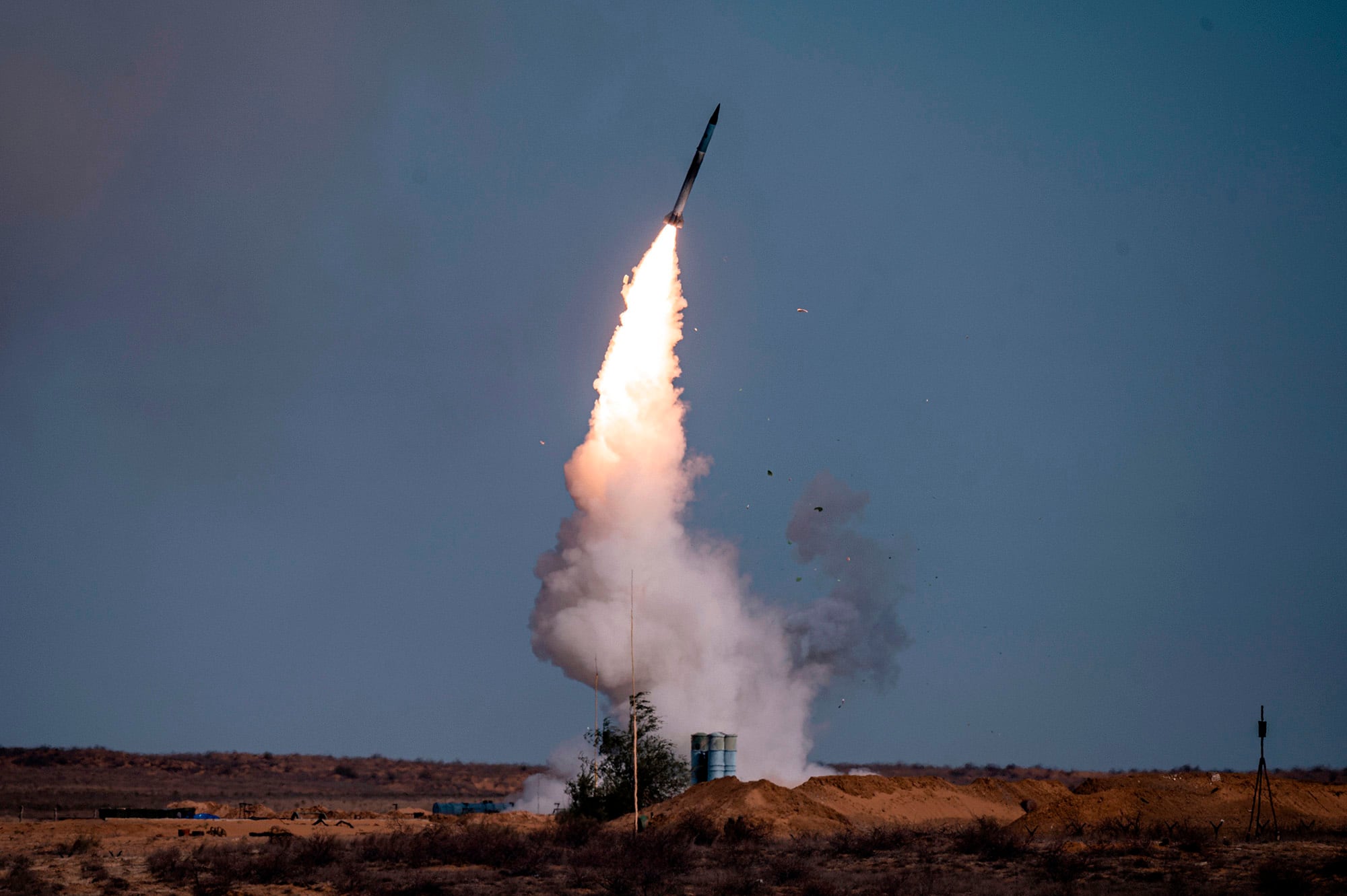Last year marked the completion of the first Russian military rearmament program since the breakup of the Soviet Union. Overall, this is a major achievement.
The Russian defense industry went into a tailspin in the 1990s, with the downfall of the USSR; and it was only resuscitated, at a basic level, in the 2000s. Thus, the 2010s were its first period of growth since the 1980s. Although the Russian defense industry’s capabilities today are way below those of the Soviet Union, it provides the Russian leadership with a potent instrument of foreign and security policy. The defense industry’s revival has been led by Moscow’s ambition to be recognized again as a great power; the needs of confrontation with the United States; and the multiple security challenges in the Eurasian continent.
Top of the list of the Kremlin’s defense industrial priorities in the past decade has been Russia’s nuclear forces. These have been more thoroughly modernized than any other part of the military. Soviet-vintage missiles are to be completely phased out by 2024. Russia has deployed new intercontinental ballistic missiles: a road-mobile Yars, and a hypersonic Avangard. It has a new nuclear-powered, ballistic missile-carrying submarine, Borey-A, with the submarine-launched ballistic missile Bulava.
The air leg of the triad still uses older strategic bombers, like the Tu-160 and Tu-95MS, but the latter is being modernized. Russia has been able to revive its constellation of military satellites that it was in danger of losing. This combined effort has strengthened Russia’s deterrence capabilities, above all vis-a-vis the United States. The fear — rather strong in the early 2000s — of the U.S. ballistic missile defenses blunting or even nullifying Moscow’s deterrence is gone.
Great power ambitions drive the need to modernize the Air Force and the Navy. Since 2015, Russia has been conducting a successful military operation in Syria, for the first time in history not relying on its ground forces. Having secured a long-term lease of an air base and a naval basing point in Syria, Russia has recently reached an agreement with Sudan on a naval facility on the Red Sea. For the first time since the USSR days, Russia has begun building a blue water navy, including a helicopter carrier.
It has also begun testing a new Circon hypersonic anti-ship missile. The Russian Air Force is about to deploy its first fifth-generation aircraft, the Su-57. Air defenses are being beefed up with capable S-400 Triumf systems. Apart from what is in production and is being deployed, Russia has made significant advances in defense technology, particularly in hypersonic and laser systems as well as robotics.
RELATED

All these successes and advances notwithstanding, Russia’s defense industry exhibits a number of serious problems. Russia’s financial resources are limited. The 10-year rearmament program was capped at 19 trillion roubles, the equivalent of about $700 billion when it was launched, and only less than half that amount by the time of its completion, due to the rouble’s devaluation.
Even this level of funding is being revised downward. In the last two years, Russia’s procurement budget has been only $20 billion. What Russia has been able to do with such a budget may be impressive, but it is also limited. On top of that, there is a generally poor business model, with a fair amount of mismanagement, corruption and outright theft. The workforce is aging, and in a number of areas the Soviet-era technological prowess has been lost, perhaps irretrievably. Some key and highly publicized programs, like the Sarmat heavy ICBM, the S-500 Prometey air defense system or the Burevestnik global-range missile, have stalled.
The second war in Nagorno-Karabakh, fought in fall 2020, featured the use of drones that made a decisive contribution to Azerbaijan’s victory over Armenia. Despite its attempt at catching up, Russia is trailing in drone technology far behind not only the United States and China but also countries such as Israel and Turkey, which equipped the Azeri army with their products.
Russia’s historical weakness in microelectronics persists. This is a major issue, also limiting the overall independence of Russia’s defense industry — a key strategic goal for the Kremlin. After the Ukraine crisis, Moscow has been able to compensate for the loss of a long list of Ukrainian suppliers, but in microelectronics, the gap is still wide.
Looking ahead, further development of Russia’s defense industry will continue to be a priority for the Kremlin. Confrontation with the United States, which now also includes a military standoff in Europe’s east, overseas operations and military contingencies along Russia’s far-flung borders in Eurasia, will stimulate new weapons development and deployment.
Indeed, Army weaponry will be a priority under the next weapons program. As a result, Russia will be able to maintain a solid nuclear deterrence posture vis-a-vis the United States and NATO; build anti-access/area denial capabilities to protect its vulnerable flanks, as in Kaliningrad and Crimea; keep conventional superiority over its immediate neighbors, with the exception of China; conduct limited but effective and financially affordable operations abroad; increase its level of self-sufficiency in military production; and remain one of the world’s major arms exporters.
Dmitri Trenin is director of the Carnegie Moscow Center. He served in the Soviet and Russian armed forces from 1972 to 1993.







